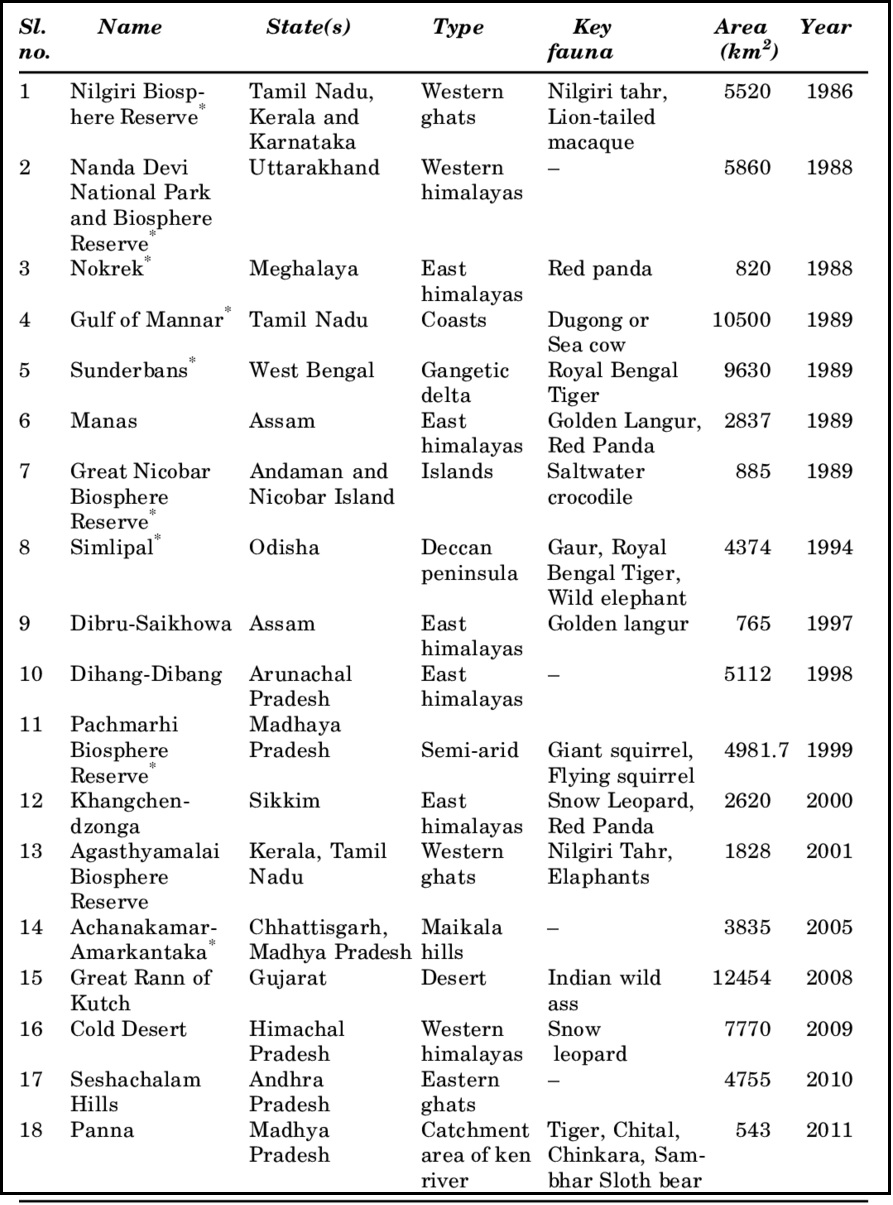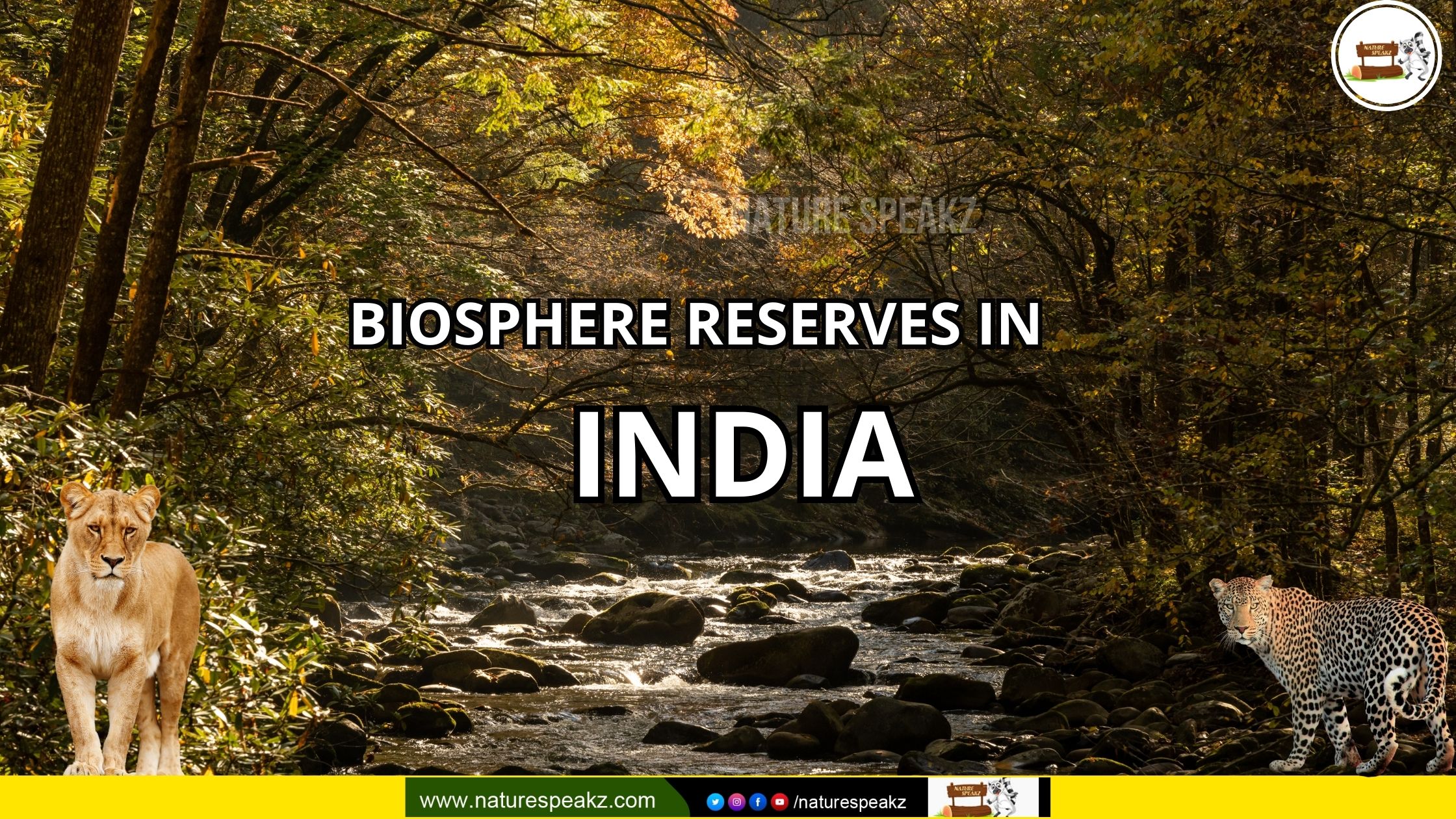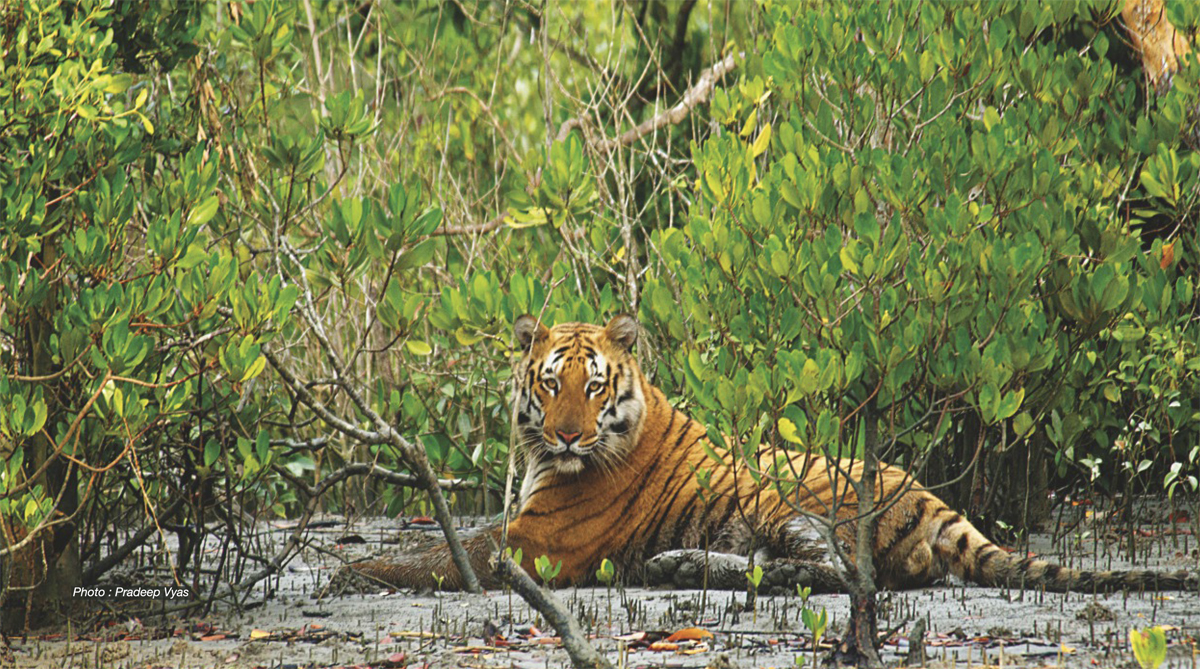How many biosphere reserves are there in India? Biosphere reserves are protected areas, that are made for the conservation of fauna and flora. The main aim of this area is to protect nature and wildlife- which will help to save and conserve nature for the future.
How many biosphere reserves are there in India?
This protected zone is the home of many rare and local plant and animal species. It not only helps to conserve wildlife but has significant support in the economic growth of that area also.
So, this area is considered the solution to the global challenges.
Total biosphere reserves in India :
In total 714 Biosphere reserves across 129 countries in the world. There is a total of 18 biosphere reserves in India. The latest Biosphere Reserve is in Panna which is declared in 2011.
Nilgiri is the first Biosphere Reserve in India. Which is situated in Part of Wayanad, Nagarhole, Bandipur and Madumalai, Nilambur, Silent Valley, and Siruvani hills (Tamil Nadu, Kerala, and Karnataka).
Which biosphere reserve is the largest?
The Gulf of Kachchh, Gujarat is the largest biosphere reserve in India.
Which biosphere reserve is the smallest?
Dibru-Saikhowa is the smallest biosphere reserve of India, it is situated in Assam.
List of biosphere reserves in India

| S. No. | Name | Date of Notification |
Area (in km2) | Location (State) | |||
| 1 | Nilgiri | 01.09.1986 | 5520 (Core 1240 & Buffer 4280) |
Part of Wayanad, Nagarhole, Bandipur and Madumalai, Nilambur, Silent Valley and Siruvani hills (Tamil Nadu, Kerala and Karnataka). |
|||
| 2 | Nanda Devi | 18.01.1988 | 5860.69 (Core 712.12, Buffer 5,148.570) & T. 546.34) |
Part of Chamoli, Pithoragarh, and Bageshwar districts (Uttarakhand). |
|||
| 3 | Nokrek | 01.09.1988 | 820 (Core 47.48 & Buffer 227.92, Transition Zone 544.60) |
Part of Garo hills (Meghalaya). | |||
| 4 | Great Nicobar | 06.01.1989 | 885 (Core 705 & Buffer 180) | Southern most islands of Andaman and Nicobar (A&N Islands). |
|||
| 5 | Gulf of Mannar | 18.02.1989 | 10,500 km2 Total Gulf area (area of Islands 5.55 km2) |
Indian part of Gulf of Mannar between India and Sri Lanka (Tamil Nadu). |
|||
| 6 | Manas | 14.03.1989 | 2837 (Core 391 & Buffer 2,446) |
Part of Kokrajhar, Bongaigaon, Barpeta, Nalbari, Kamprup and Darang districts (Assam) |
|||
| 7 | Sunderbans | 29.03.1989 | 9630 (Core 1700 & Buffer 7900) |
Part of delta of Ganges and Brahamaputra river system (West Bengal). |
|||
| 8 | Simlipal | 21.06.1994 | 4374 (Core 845, Buffer 2129 & Transition 1400 |
Part of Mayurbhanj district (Orissa). | |||
| 9 | Dibru-Saikhowa | 28.07.1997 | 765 (Core 340 & Buffer 425) |
Part of Dibrugarh and Tinsukia Districts (Assam) | |||
| 10 | Dehang-Dibang | 02.09.1998 | 5111.50 (Core 4094.80 &Buffer 1016.70) |
Part of Siang and Dibang Valley in Arunachal Pradesh. | |||
| 11 | Pachmarhi | 03.03.1999 | 4926 | Parts of Betul, Hoshangabad and Chindwara districts of Madhya Pradesh. |
|||
| 12 | Khangchendzonga | 07.02.2000 | 2619.92 (Core 1819.34 & Buffer 835.92) |
Parts of Khangchendzonga hills and Sikkim. | |||
| 13 | Agasthyamalai | 12.11.2001 | 1828 | Neyyar, Peppara and Shendurney Wildlife Sanctuaries and their adjoining areas in Kerala. |
|||
| 14 | Achanakamar – Amarkantak | 30.3.2005 | 3835.51 (Core 551.55 & Buffer 3283.86) |
Covers parts of Anupur and Dindori districts of M.P. and parts of Bilaspur districts of Chhattishgarh State. |
|||
| 15 | Kachchh | 29.01.2008 | 12,454 km2 | Part of Kachchh, Rajkot, Surendra Nagar and Patan Civil Districts of Gujarat State |
|||
| 16 | Cold Desert | 28.08.2009 | 7770 | Pin Valley National Park and surroundings; Chandratal and Sarchu&Kibber Wildlife Sancturary in Himachal Pradesh |
|||
| 17 | Seshachalam Hills | 20.09.2010 | 4755.997 | Seshachalam Hill Ranges covering parts of Chittoor and Kadapa districts of Andhra Pradesh |
|||
| 18 | Panna | 25.08.2011 | 2998.98 | Part of Panna and Chhattarpur districts in Madhya Pradesh |






